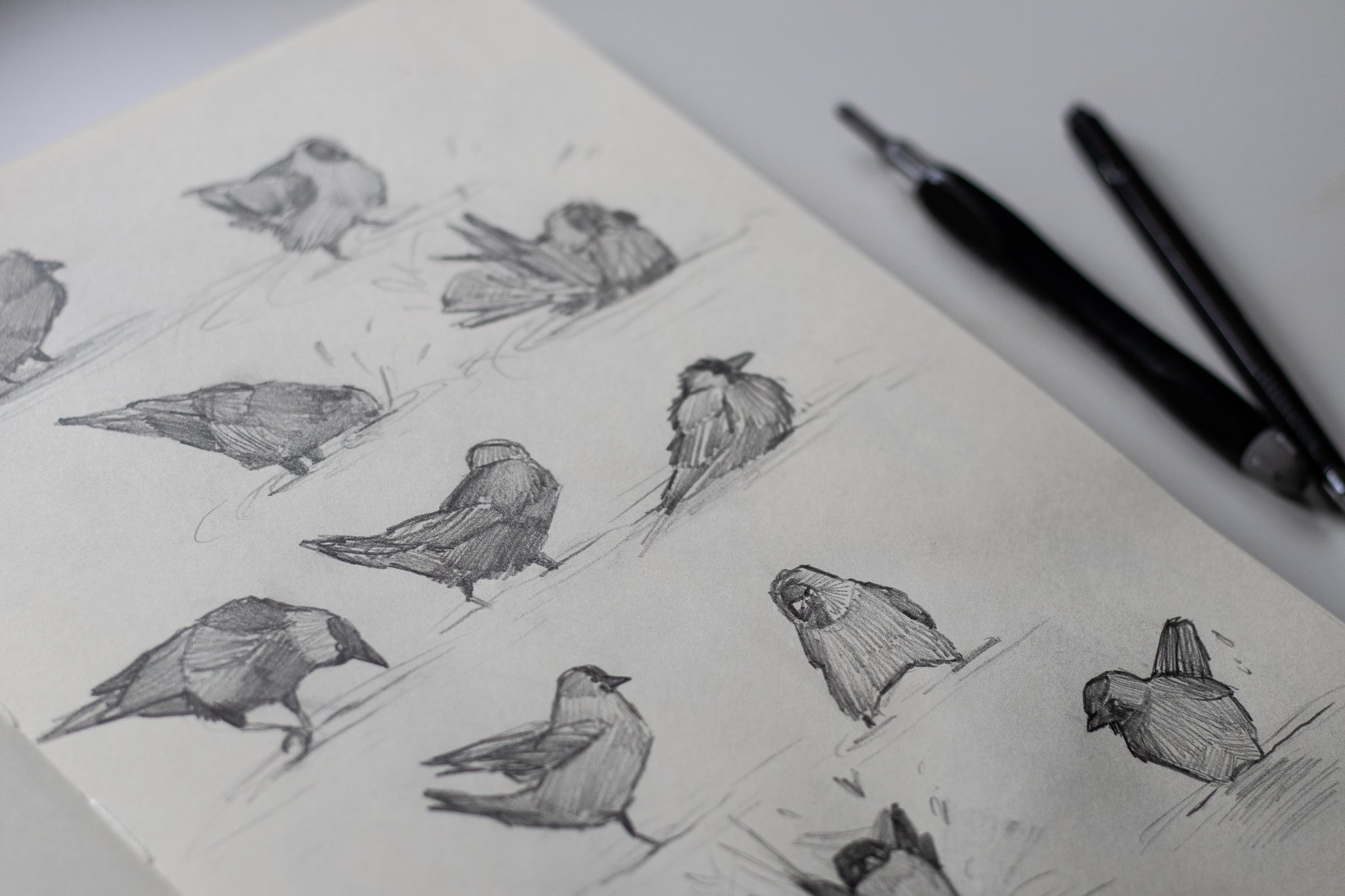
Pencil Sketching for Beginner Artists
A simple, stress-free roadmap to radically improve your sketching skills. In weeks, not years.
Have you ever wanted to get better at drawing?
Maybe even started practicing a bit?
Only to realize:
- You don’t know what to draw.
- You don’t know how to draw, or where to start learning.
- The tutorials you’ve watched either bore you to tears or go way over your head.
- Getting good feels like it will take ages, and you don’t have that kind of patience.
- You “probably don’t have the natural talent for art”, and everyone else is so damn good, and what’s the point anyways…
I was in your shoes just a few years ago. This is the course I wish I’d found back then.
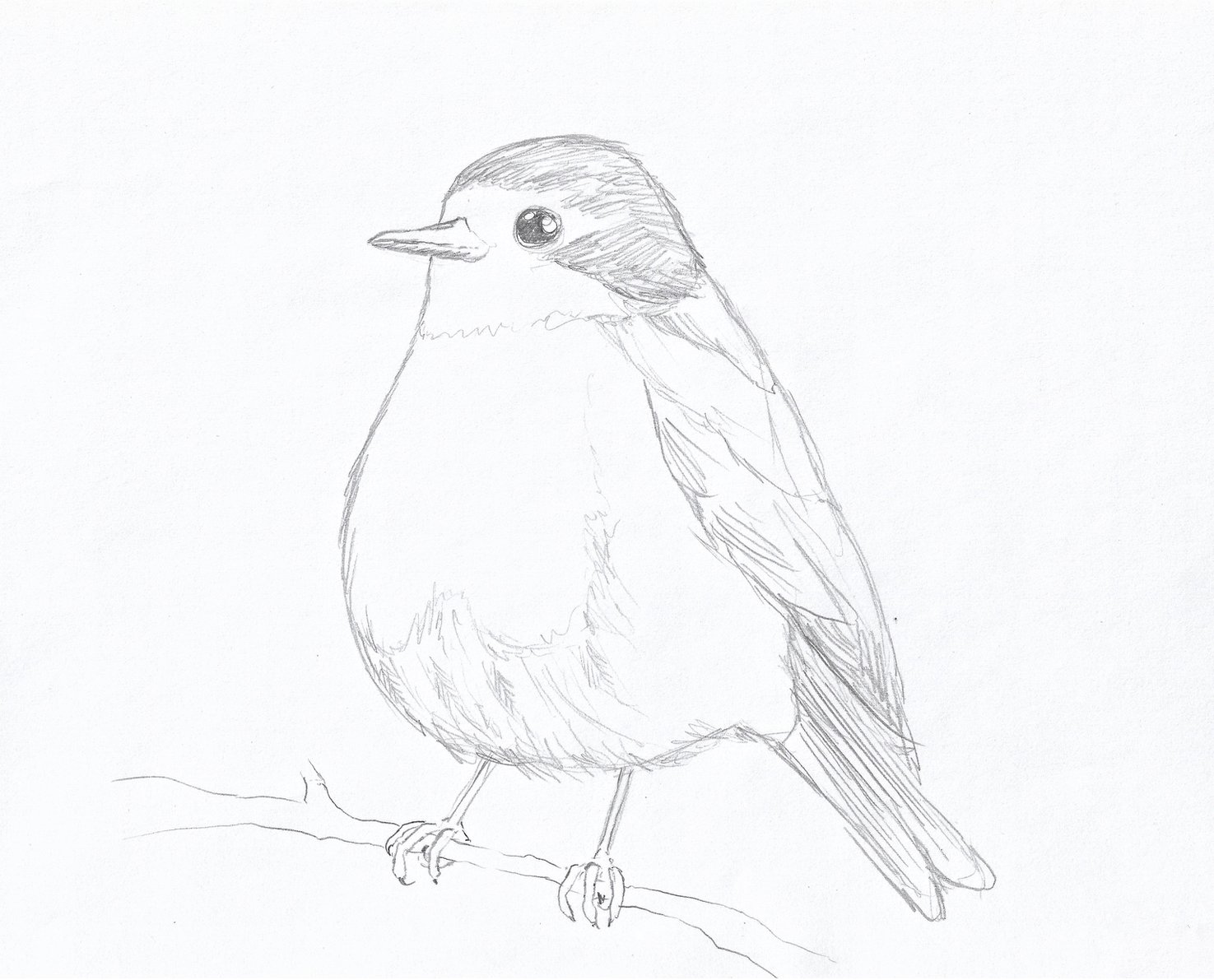
My first bird drawing...
When I decided to really start practicing art a few years ago, I had no clue where to even begin.
Getting better at drawing and painting was something I’d dreamed of all my life, but had never really had the patience to pursue. It felt like a hopelessly long journey, full of frustration, comparison, and demotivation.
Going online to find drawing tutorials made me even more stressed, because everyone was teaching a million different methods and concepts. Where does a complete beginner start? With an anatomy book? Or with drawing boring cubes and cylinders for hours on end? Was this my life now, for like three years, until I was finally good enough to not hate everything I made? Besides, I didn’t even know what I wanted to draw and paint, or how to choose, and that stressed me out even more.
I went on to do things the hard way: trying every tutorial, art class, and book I came across. Doing all of the boring exercises. Trying my best to draw anything and everything, and struggling and failing. Feeling very, very overwhelmed and frustrated with myself. After about a year of slow, tedious improvement, I realized something:
I had been way overcomplicating learning to draw.
All of the many tips, techniques, tools and methods I had overstuffed my brain with could have been distilled into just a handful of simple-to-grasp concepts. And by just focusing on practicing these skills, in a relaxed and straightforward daily practice, I would get 90% of the way towards my art goals. In a fraction of the time. While having some actual fun.
This is the approach I want to share with you, dear artist friend. So that you can avoid the overwhelm, frustration, boredom, and angst that we artists otherwise tend to go through. Learning art does not have to feel like stumbling endlessly through a maze. It can feel simple and pleasurable and stimulating.
Let me show you how.
Introducing: Pencil Sketching For Beginner Artists
I don’t know what kind of art you dream of making...
Maybe it’s portraits, or figures, or landscapes, or animals, or florals. Maybe all of it! Regardless of what you want to get good at, it all starts with a sketch. It starts with being able to accurately see what you’re trying to portray, and then making your hand translate that to the paper or canvas. Sketching is the foundational skill for any artist, and the first thing you should focus on as a beginner.
So you can forget all about color theory, perspective, edge control, anatomy, and all of the other advanced art concepts for now. (Phew. 😅) All you need is a sketchbook, a pencil, and the principles you’ll learn in this course.
I will give you a simple, stress-free roapmap to radically improve your sketching skills in weeks instead of years. Even if you've never drawn before, and without getting overwhelmed and demotivated.
So if you've been longing to improve your art but don't know where to start, start here.
You'll learn...

How to see the world, as an artist.
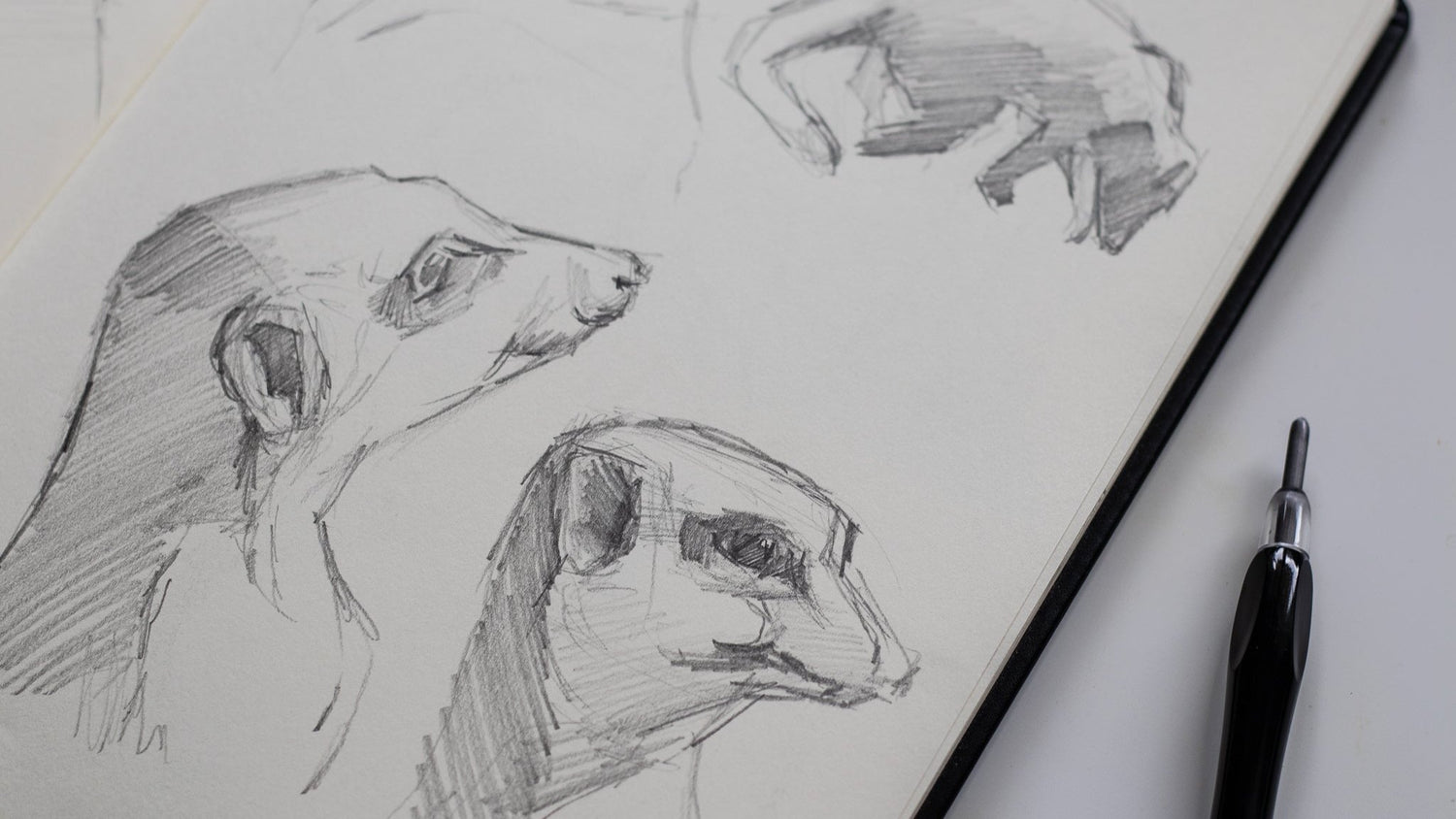
How to accurately capture what you see in a sketch, quickly and confidently.
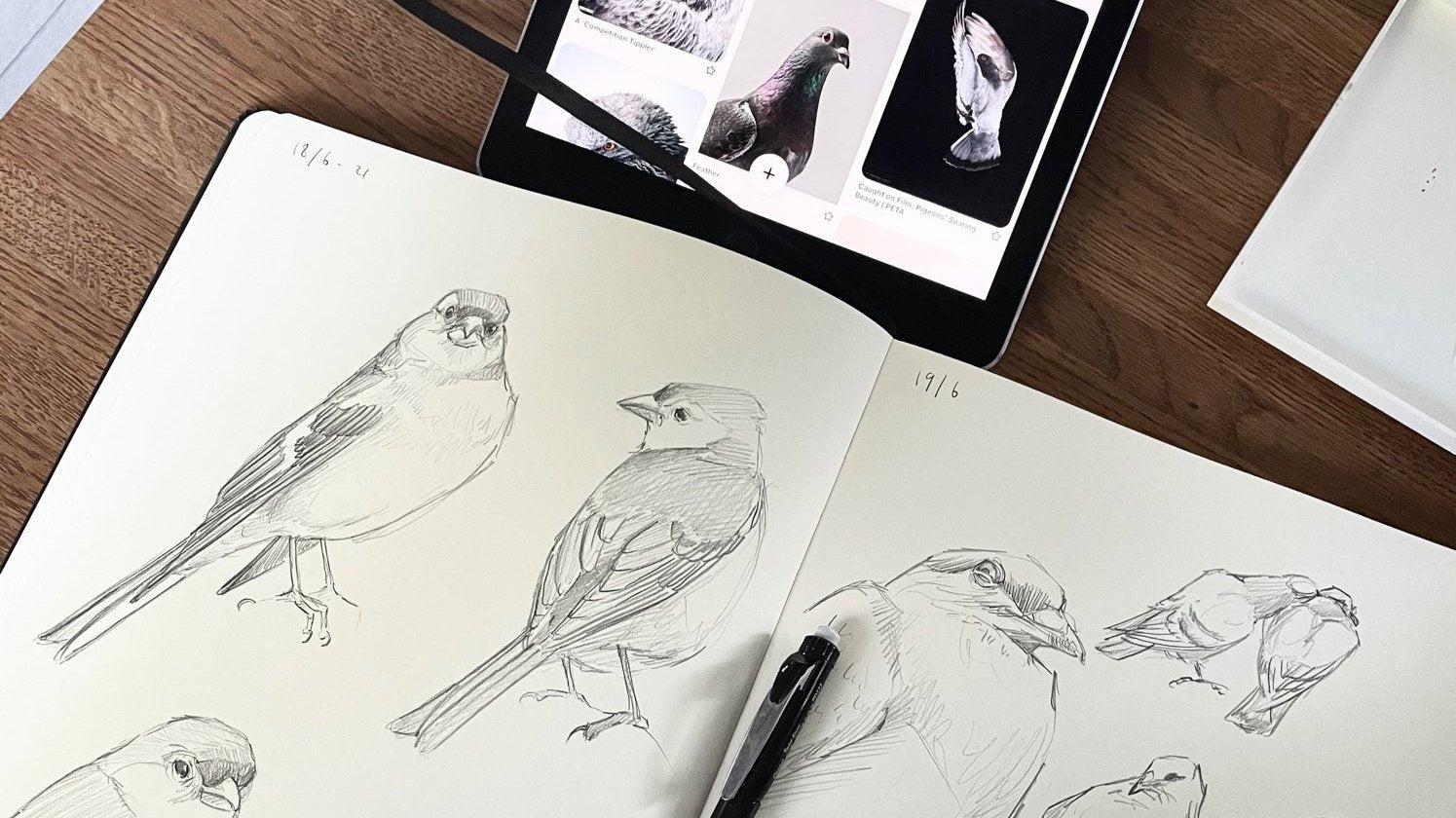
How to practice sketching efficiently, without wasting time and without getting demotivated.
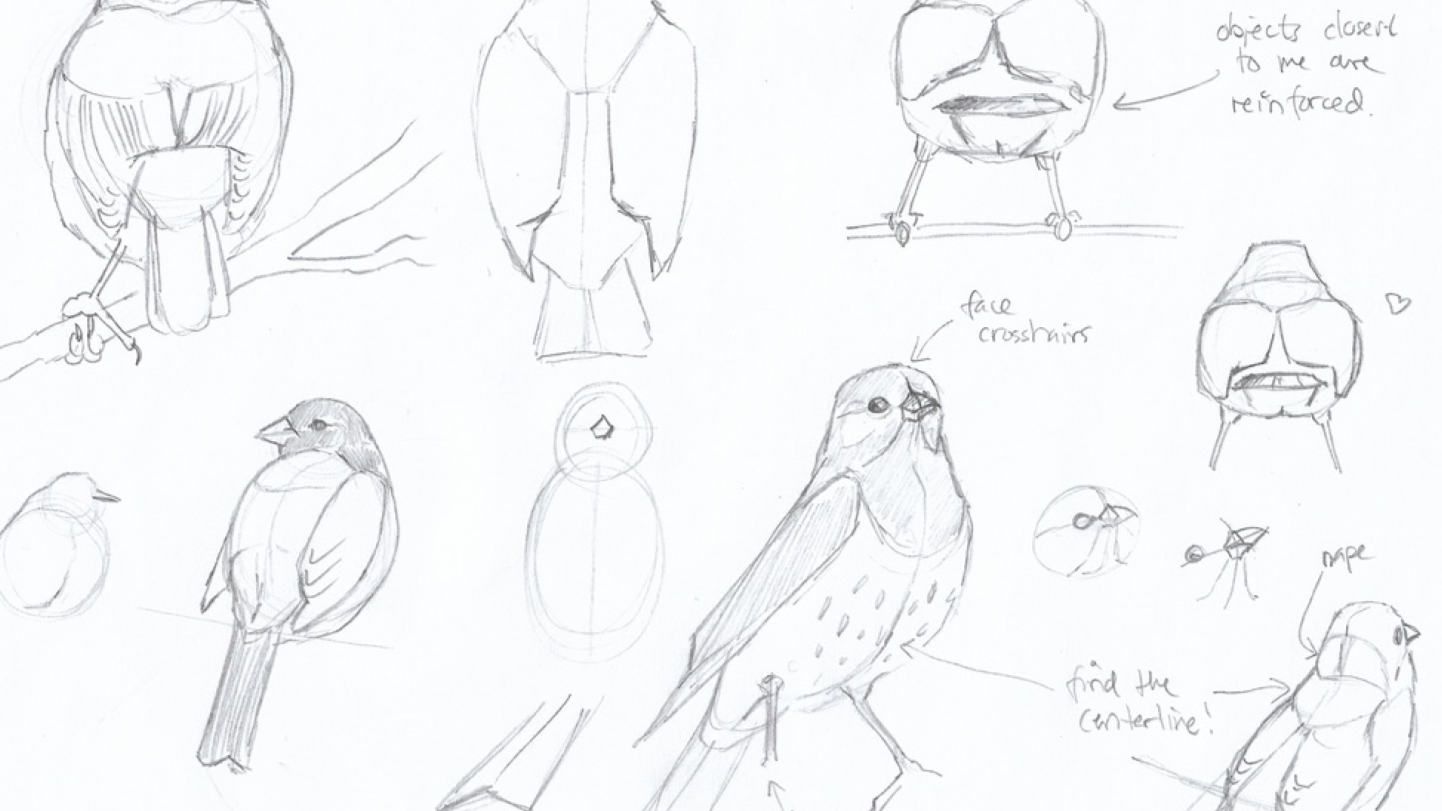
How to analyze your work, and be your own art teacher.
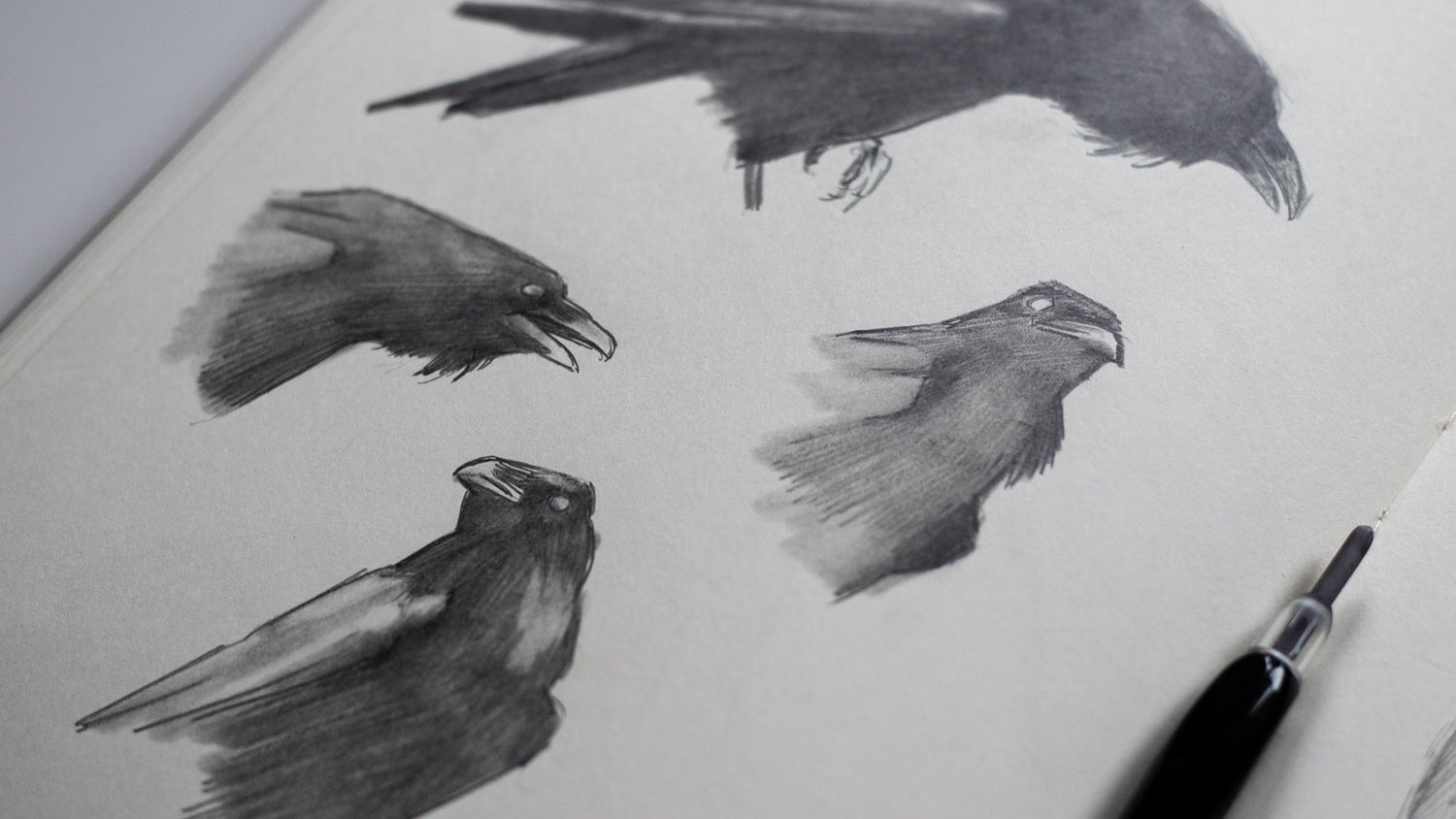
How to develop your own personal art style.

How to find, and work with, drawing references.
The curriculum
Welcome
What to expect from this course.
Your course project
A way to put your new skills into practice and see your progress throughout the course.
What you'll need for this course
Selecting the right tools and materials for your sketching practice.
Warming up, part 1
A gentle warm-up practice to get your hand ready for sketching.
Warming up, part 2
A slightly more challenging warm-up, to get you ready to draw.
Course project, iteration 1
Your first attempt at the course project.
Technique 1: Simple shapes
Learn how to simplify what you see, so that you can easier capture it with your pencil.
Technique 2: Eye measuring
Learn the tricks to getting from simple shapes to an accurate sketch.
Course project, iteration 2
A second attempt at your course project.
Technique: Values
Learn how to see and capture the lighting situation (the "values") of your scene, and shade your sketches beautifully.
Technique: Gesture
No more stiff drawings! Learn how to capture the posture, movement, and personality of an animal in a sketch.
Course project, iteration 3
A final attempt at your course project! (Let's see how far you've come...)
How to create a practice routine (and be your own art teacher)
How to practice drawing for the maximum fun and progress.
Finding great references
How to never run out of things to draw.
Finding your style
How an artist develops a personal style, and how you can get there quicker.

“I am a complete beginner, and this class helped me a lot to conquer the fear of starting something. I actually got a lot of stuff on paper that I am happy about and that encourages me to continue. If you have no experience with (pencil) drawing at all, this is a great place to start.”
- Oliver M

“Your class changed my drawing life completely. I think it’s the most effective class I’ve had so far, and I actually wish I could meet you to tell you in person because you deserve that kind of appreciation.”
- Florianne Paap

“Very inspiring class! Loved the attitude and approach of the instructor. Made me feel like I could do this.”
- Ramae Hamrin
This course has been retired
In its place comes my new, improved, and expanded Animal Drawing for Absolute Beginners course, launching in just a few weeks.
The new course will soon be available for pre-order at a generous early bird discount. Join the waitlist below for updates!
